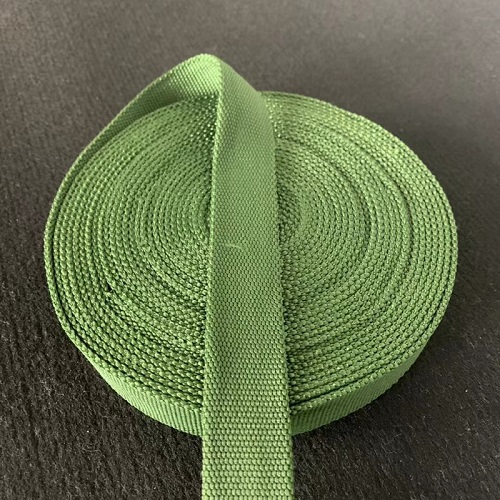Polypropylene double-layer tape :
The product structure is stable, with complete edge shape or barrel shape, high strength, light weight, and less easy to fall off edges than shuttleless woven belts, including all kinds of luggage belts, sleeve belts, barrel belts Backpack strap , belt, luggage belt, etc.
Polypropylene (PP) is the trade name of isotactic polypropylene fiber in China. It was successfully developed in 1955 and began industrial production in Italy in 1957. There are many varieties of polypropylene fiber, including filament, short fiber, membrane split fiber, mane and flat fiber. Polypropylene fiber is particularly light, with a density of only 0.91g/cm, which is among all synthetic fibers at present relatively Light fiber. Polypropylene fiber has high strength and good chemical corrosion resistance, but its heat resistance, light resistance and dyeability are poor.
Polypropylene double-layer belt is a double-layer structure composed of plain weave, twill weave or satin weave. It can also be rewoven, and can be used for various luggage belts, travel bags, backpack belts, etc. Polypropylene webbing with special performance can be used as automobile belt, mountaineering, high-altitude and offshore operation belt, air vehicle binding belt, etc.

Cotton woven belt is a textile made of warp and weft yarns interwoven vertically, horizontally and vertically by weaving machine with warp cotton as raw material. The heat resistance of pure cotton fabric is good. When the temperature is below 110oC, it will only cause water evaporation on the fabric and will not damage the fiber. Therefore, the cotton belt has no impact on the fabric when worn, washed, printed and dyed at room temperature, thus improving the washing and wear resistance of pure cotton fabric.

